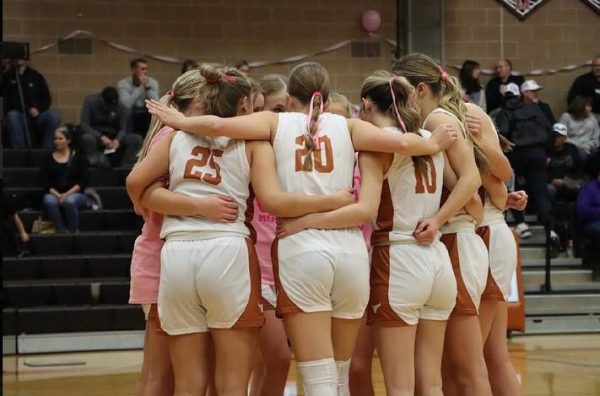School meal prices are adding to financial strain (Opinion)
COVID-19 school relief bills are gone and families are being forced to pay unrealistic prices for student meals
A household of two people can be considered for free lunch if their yearly income is $23,803 or less.
September 23, 2022
According to the official SVVSD website, breakfast prices for the 2022-2023 academic year are $2.50 for students and $3 for adults. Lunch prices are $4 for students and $5 for adults.
As many know, breakfast and lunch were entirely free to all students regardless of income last year. Eligibility for free and reduced-price lunches and breakfasts continue to apply according to a public release from the Colorado Department of Education (CDE).
Eligibility depends on household size and annual income.
As outlined in this release, to qualify for free school meals (in addition to the initial income level of one person) each additional person in the household must have $6,000 annual income (averaged) or less.
However, when you consider the income requirements on this release, there is a huge income gap.
For a family of four in Colorado, the average amount put towards food is a little over $10,000 per year. When other mandatory expenses are added, the average expenses of the same family per month is nearly $5,000.
This leaves “comfortable” household income starting at $60,000 for a family of four.
When compared to this “comfortable” income margin, there is a substantial and unrealistic gap with the CDE free lunch guidelines: a family of four must have an annual income of $36,000 or less to qualify for free lunch.
This is above the poverty line in Colorado for a family of four, which is $35,000, as well as almost half of the realistic comfortable income needed for the household.
A family of four with this level of income wouldn’t even qualify for reduced meals, much less free meals. Despite the fact that according to the Colorado cost of living, they are barely comfortably providing for their family.
According to NPR, “During the pandemic, schools were able to provide meals for free to kids regardless of income as a part of COVID-19 assistance passed by Congress to reduce food insecurity.” This led to an estimated 10 million students getting free lunch who would’ve previously paid for their meals.
Waivers between the Agriculture Department and Congress that allowed free meals to be possible during the pandemic officially expired on June 30, 2022. Despite a push to continue the free meal program, it was eventually dropped as a part of a political compromise.
Despite the extreme economic fallout during the height of the pandemic from 2019-2021, job loss and plummeting income still remains an issue. Throughout the early months of 2022, three million more people were suffering from unemployment than before the pandemic.
When considering food hardship specifically, according to Household Pulse Survey data, 12% of adults in the country with children in their home struggled to buy sufficient food following the pandemic at the end of 2021. That’s 12% of national households where children likely cannot afford school lunches and breakfasts.
When looking at job loss, “there were still 4.2 million fewer jobs in October 2021 than in February 2020” according to the Center on Budget and Policy Priorities.
In my experience, there are many assumptions that pandemic-related job loss was isolated to 2019 and 2020, the peak of the pandemic. This is not the case.
Lunch and breakfast prices have come back, which data argues, puts financial strain on households across America at an already financially unstable time.
The cost of school meals is unrealistic for more families than many would assume, and relief needs to come quickly before more children are forced to go through their school days without food.













Erin Warren • Oct 5, 2022 at 10:25 am
Great editorial! I, too, wish that free school lunches and breakfasts would come back. Students perform better when they are not hungry. Just because a student does not meet the criteria for free and reduced lunch, that does not mean they have access to healthy meals. There is also, for some, a stigma attached to asking for free lunches. Provide free meals for all students and that stigma is no longer there.